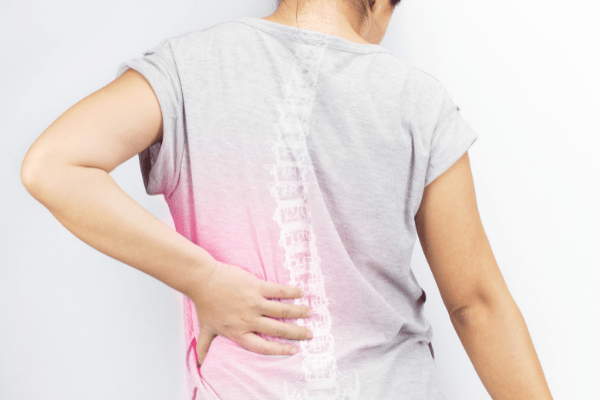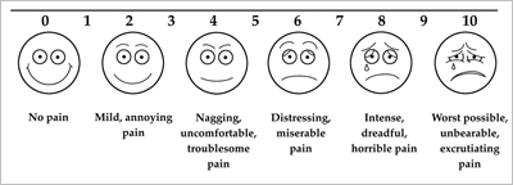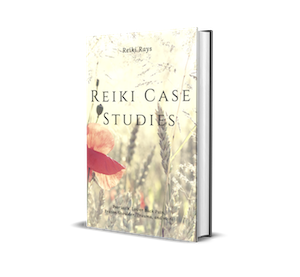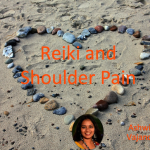Spine, in Sanskrit, is called Meru Danda, after the sacred Mount Meru or Sumeru which is a five-peaked mountain considered as the axial center of all the physical, metaphysical and spiritual universes. Like Mount Meru which is supposed to be the centre around which an entire solar system is supposed to revolve, the spine is supposed to be the axis which acts as a connecting link between the Earth and the cosmos.
As the mythology of Samudra Manthan (churning of the ocean of milk) goes, gods and the demons (titans) joined together in the humongous task of churning out the nectar of immortality (amrita) from the ocean. They took help from Mount Meru which worked as the churning stick/ axis on which Vasuki, the serpent, was solicited as a churning rope. Similarly, according to Vedic scriptures, our spine acts as Mount Meru with the serpent energy (Kundalini) at its base, which when churned gives out the nectar of immortality pertaining to a disease-free and blissful life.
The spine denominates the quality of our life since it is the seat of the seven major chakras (energy points or meridians), and the three Nadis (energy channels) – Ida, Pingala and Sushumna – which carry the Kundalini energy, the primal evolutionary force. In fact, the first thing that takes form in a mother’s womb from the embryo is the nervous system including the spine, nerves and brain.
The Story
Deva, a middle-aged engineer who had spent almost 20 years of his life shuffling between work and home with the scale of the balance heavier on the work front, approached me with a complaint of chronic back pain. Deva had irregular working hours extending to attending calls and visiting the site at nights and even on weekends and holidays. He was chronically suffering from back pain but did not attend to it nor did he pay heed to the umpteen times his body called for rest.
A sudden attack one day made him stop his work abruptly. With frustration built up for not being able to support himself and his family, he started pondering the reasons for his now frequent and long bed rests. His MRI reports indicated lumbar spondylosis showing disc bulges, degeneration, desiccation and herniation of disc, spinal stenosis, and lumbar lordosis. After multiple non-invasive treatment interventions, his doctor had suggested surgery. His quest to avoid surgery and medicines made him share his journey with me. We decided to work on this healing journey together.

What Causes Chronic Back Pain?
There may be innumerable reasons for chronic debilitating pain of the back including but not limited to occupational hazard, osteoporosis, osteoarthritis, age-related degeneration, etc. resulting in spondylitis, ankylosing spondylitis, spondylosis, spondylolisthesis, spinal stenosis, degenerative disc disease, and spinal disc herniation. Approximately 20% of all occupational activities appear to be associated with pathological spinal load, natural daily stresses and minor injuries which could lead to early degenerative disc disease followed by chronic pain. Heavy lifting, specific athletic activities and horse riding, obesity, sedentary lifestyle, and lack of exercise can also increase a person’s risk of back pain. Smokers are more likely to experience back pain than others. Poor posture and weight gain in pregnancy are other risk factors for back pain. In general, fatigue can worsen pain. Psychosocial factors such as job stressors and dysfunctional family relationships may also correlate more closely with back pain.
The pain can radiate to adjoining organs as well if an adjacent spinal nerve root is involved. For instance, a degenerated disc in the lower back can result in lower back pain, sometimes radiating to the hips, as well as pain in the buttocks, thighs or legs while a degenerated disc in the upper neck will often result in pain to the neck, arm, shoulders and hands; tingling in the fingers may also be evident if nerve impingement is occurring.
According to the Global Burden of Disease report, chronic back and neck pain remain the single leading cause of years lived with disability worldwide rendering traditional non-operative treatment ineffective. It is a significant contributor to recurrent physician visits, expenses, missed work days and can have a serious negative impact on a person’s quality of life.
Metaphysical Causes of Spine Issues
Any pain in the body is caused by both physical and emotional issues. Repeated actions are bound to cause imbalances in the physical structure leading to pain. For example, carrying a heavy bag or sitting in front of the PC for a long period forces the muscles to compensate. Another reason why the pain gets stuck in the body leading to chronic issues is mainly due to stored emotions. Muscles and body tissues form storage sites for emotional memory, traumas and negative feelings creating a layer of pain.
Each part of the spine is a storage point for different kinds of emotions. The spine is divided into five main regions – cervical, thoracic, lumbar, sacrum and coccyx. The sacrum that lies at the base of the spine is considered the most significant in Hatha Yoga since it connects the upper and lower halves of the body. It is seen as a place of yoga (union) where transformative energy resides in the form of the sleeping serpent (Kundalini). The fact that most people in the world are suffering from lower back pain is because of neglecting this area and being disconnected with our center. Lower back mainly stores fears and insecurities related to survival and stability. Issues with the middle back indicates lack of receptivity – that which we close ourself to from receiving from others. That’s the reason why in a classic case of lordosis, the spine turns inwards shutting itself away from the outside world. Upper back problems mainly concerns control issues.
Reiki for Living a Pain-free Life
A large number of people are turning to complementary and alternative medicine and especially Reiki for chronic issues and pain and have found significant relief in symptoms. Deva too went back to resume a normal life after Reiki therapy which continued for a few months. Reiki allows symptomatic relief to take place by enhancing and accelerating the normal healing process of the body and the mind. However, a few things need to be focused on while dealing with chronic issues like pain. Here are some of my observations that may be useful while you treat your clients or are yourself using Reiki for self-treatment –
- Reiki is NOT a Panacea: Reiki can give symptomatic relief, however, do not expect structural or anatomical changes to occur overnight. Any chronic ailment takes time to heal. Sometimes even symptoms take time to heal depending on how receptive the individual is to healing. There are many people who want to get rid of the condition or pain but do not want to give up or let go of the underlying emotions, belief system or toxic behaviours causing the issue.
- ‘Do Reiki’ over ‘Receive Reiki’: To see long-term changes, the way forward is to take responsibility and ownership of the condition rather than rely on somebody else. When I say ownership, it does not only mean to superficially conclude that the origin of the condition lies within me but to get up and take the onus of healing upon oneself by going deeper into the root cause and altering or accepting it.
- Inculcate Spine Healthy Habits: While one takes responsibility for the pain, it is also important to take up some healthy habits to replace the old toxic or abusive ones. Some habits include switching to a healthy non-inflammatory diet to prevent further damage, regular activity and gentle stretching, strength building exercises, and adopting a stress-free lifestyle. It is also found that a balanced psychological approach, effective coping patterns, and socializing are the strongest prognostic factors for spine and back pain.
- Eliminate Risk Factors: Risk factors like smoking, alcohol, stress, sedentary life or overuse, unhealthy eating habits should be avoided and brought to minimal if not eliminated completely.
The Story Continues…
Deva has come a long way in his healing journey. He decided to take ownership of his health and healing by attuning himself to Reiki and is now a Reiki Master Teacher himself. As he currently marks his pain at the range of 0 to 1 on the scale of 10, Deva today, is an inspiration for many in his community.

Article by Reiki Master Supriya Nair
Free eBook download: We’ve created an eBook with our best articles on this topic, and offer it for free to all our newsletter subscribers.


Supriya Nair
Dr. Supriya Nair, IMD, PhD has been a Reiki and Kriya Yoga practitioner since 2008. A conduit between the scientific and spiritual worlds, Dr. Supriya has a profound fascination for the healing arts. Apart from holding the title of Usui Reiki Master Teacher, Dr. Supriya is a certified Health Coach and proficient in various integrative medicine modalities. She is also the author of "Train Your Brain to Unchain Your Pain."
To get in touch with Dr. Supriya, you can reach out via email at [email protected] or connect with her on Facebook at facebook.com/supriyanair111 and on Instagram at instagram.com/proconscious.cafe.




How can reiki help someone in Focal Hand Dystonia
(Writer’s Cramp)